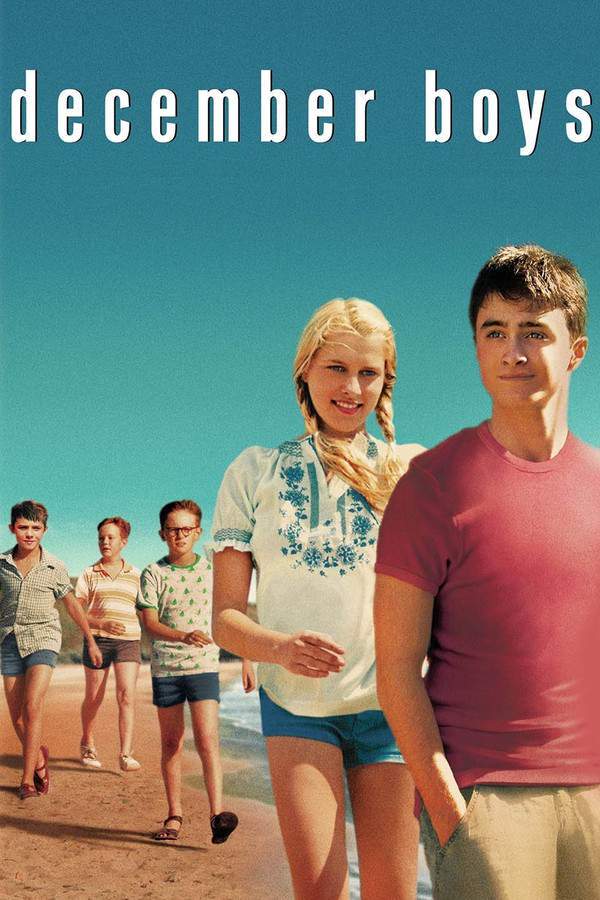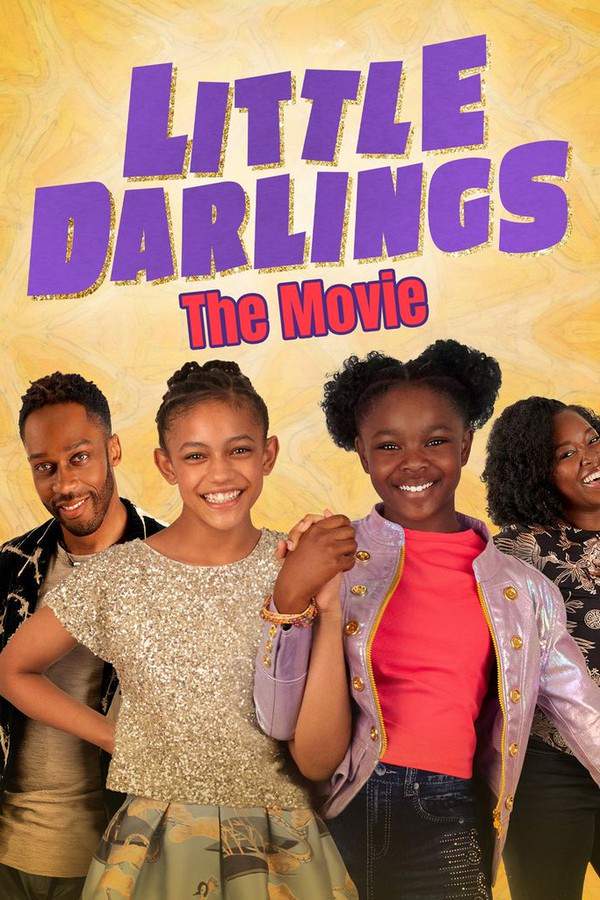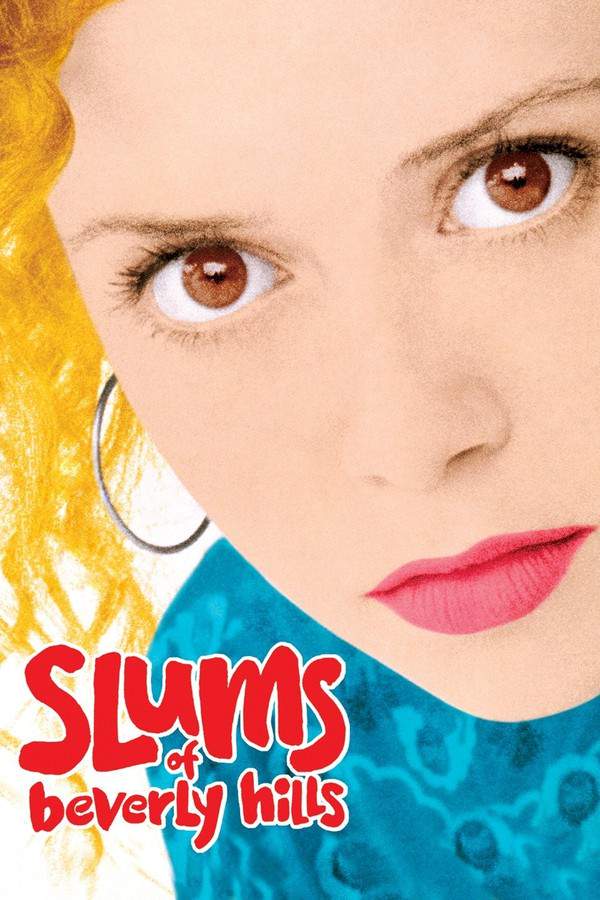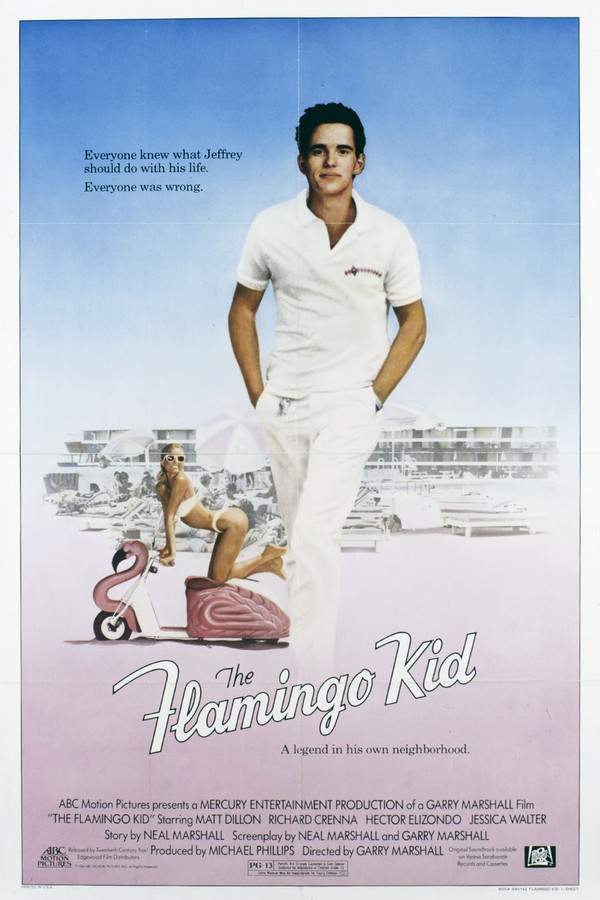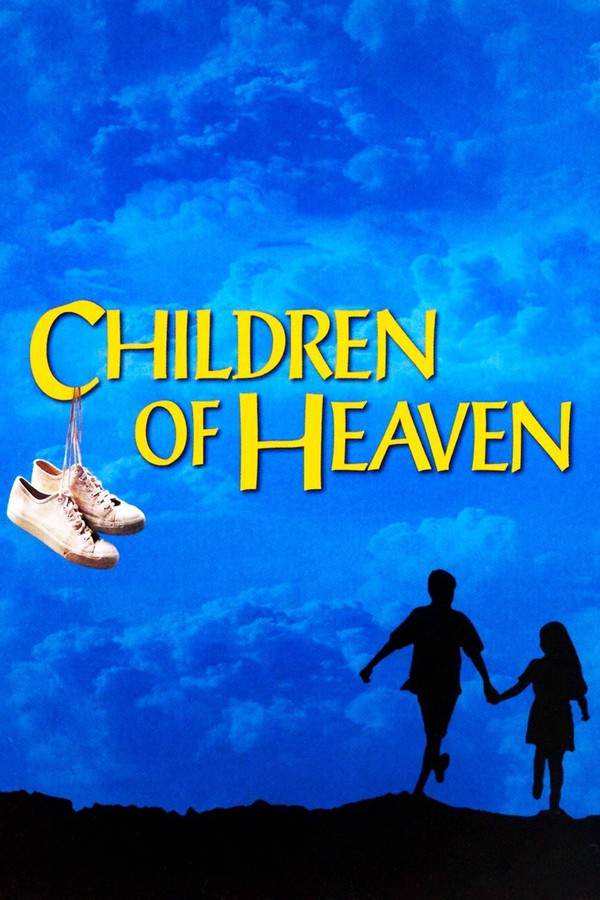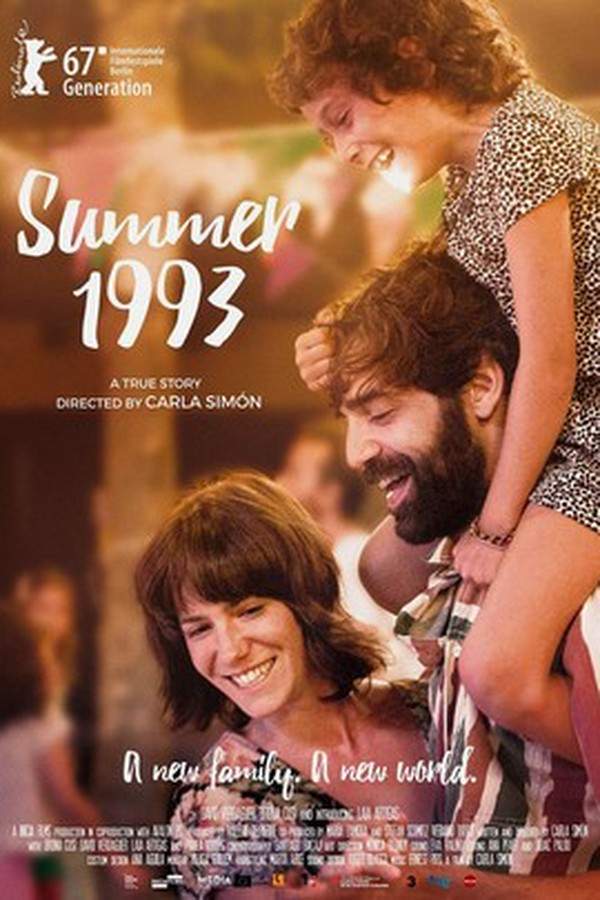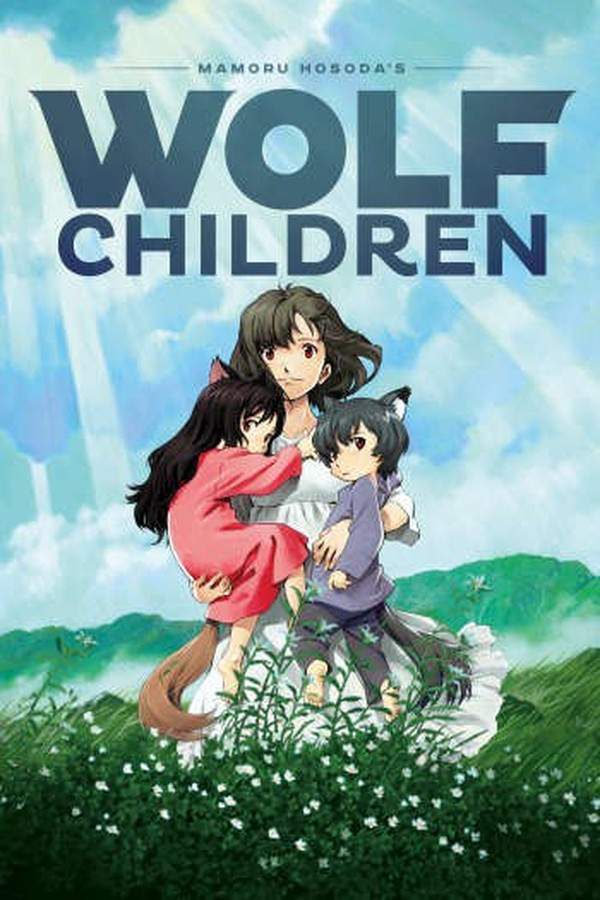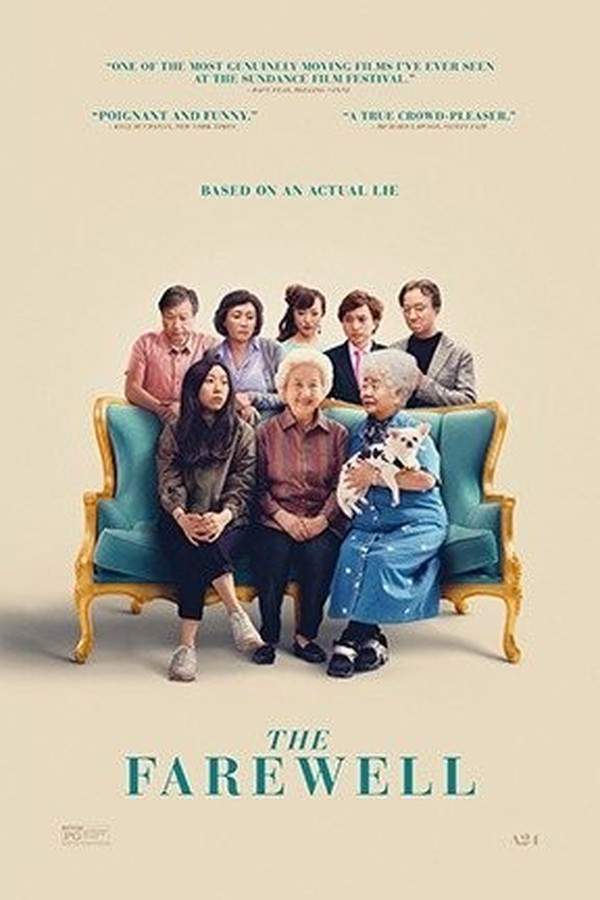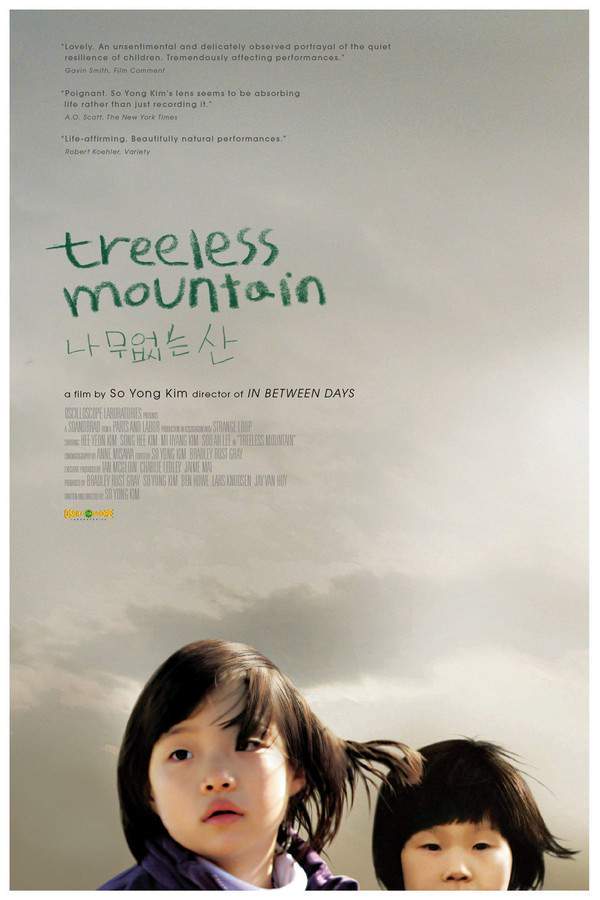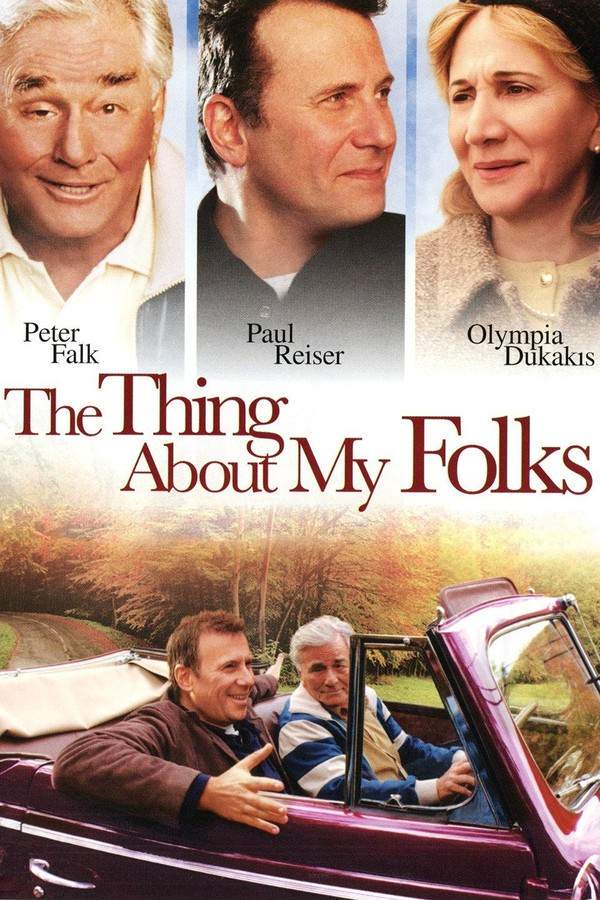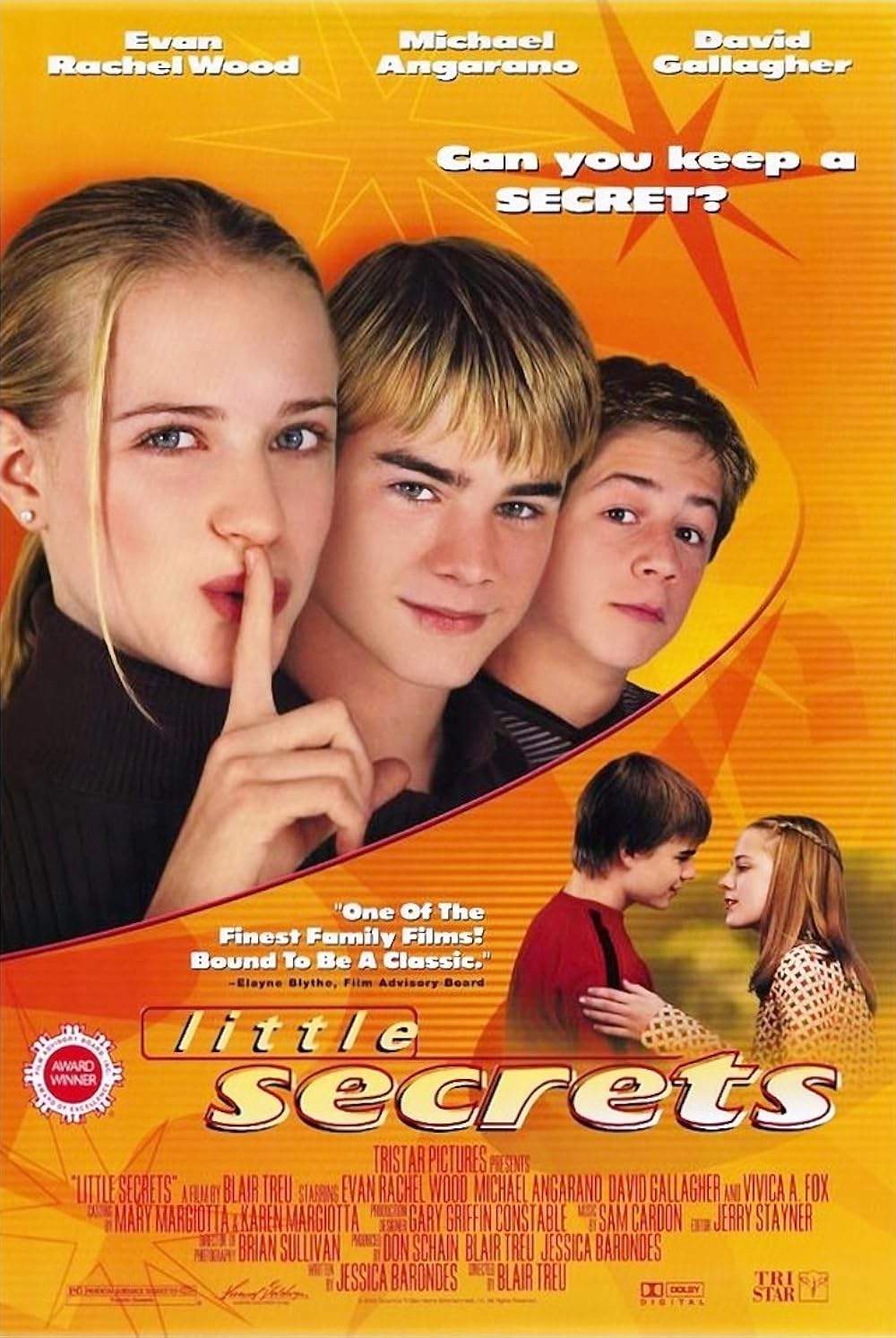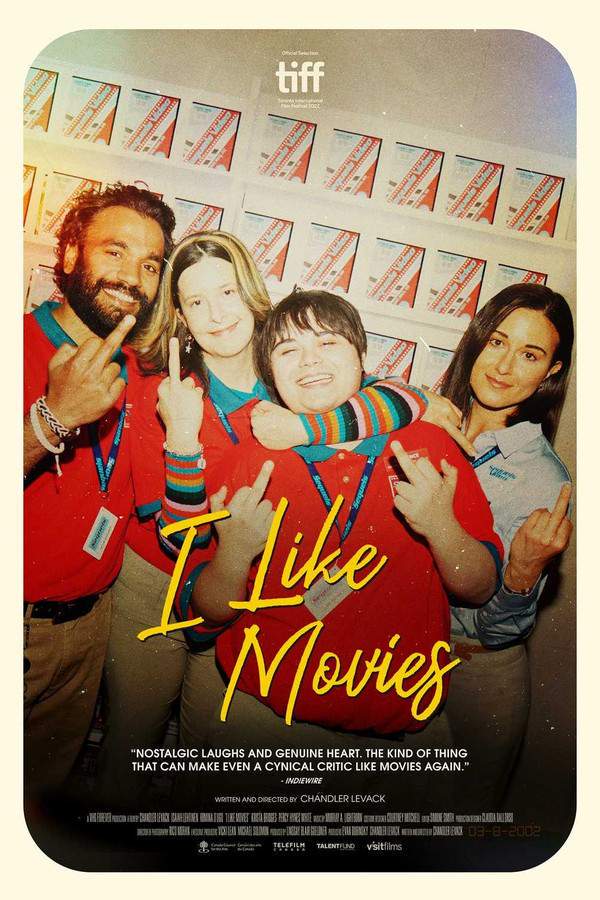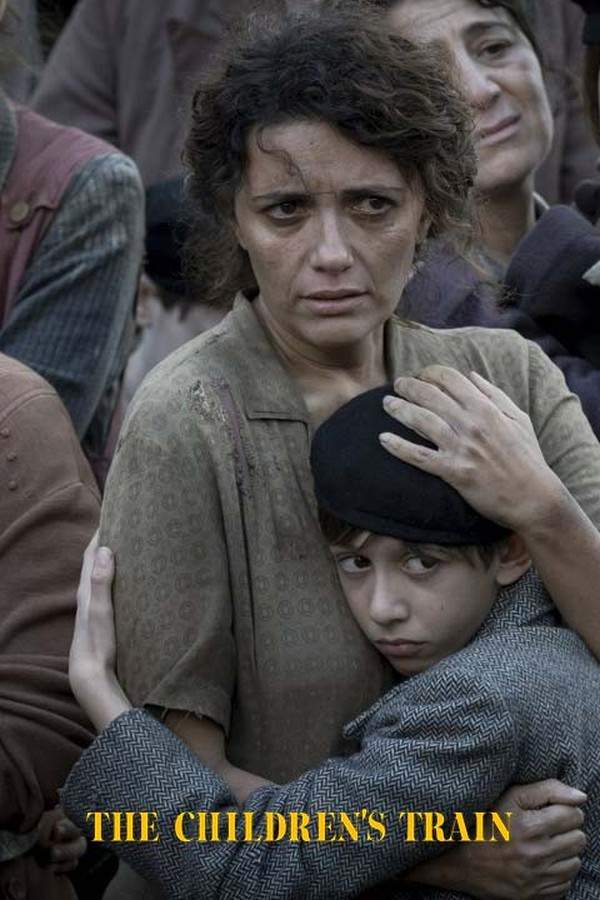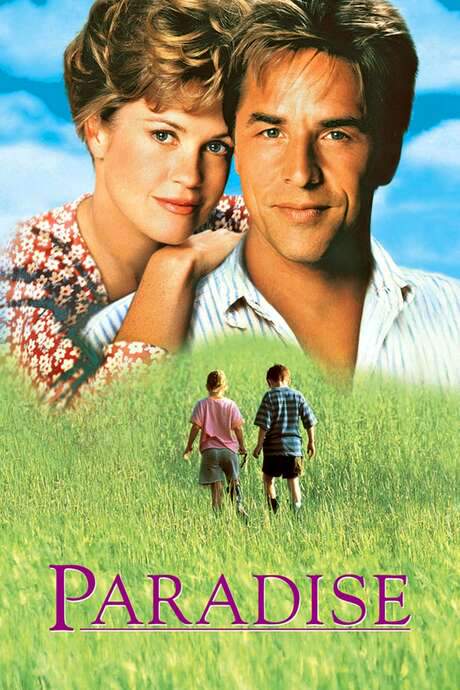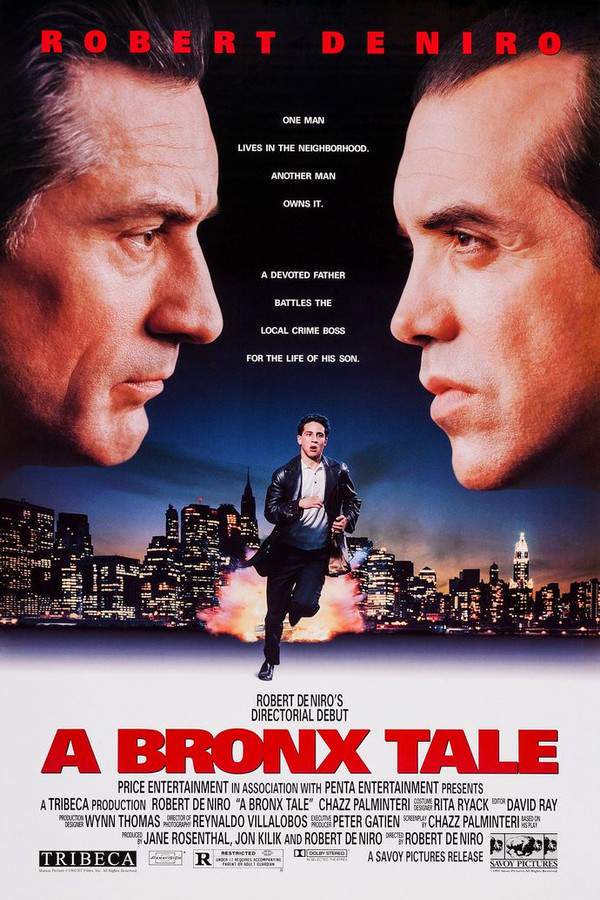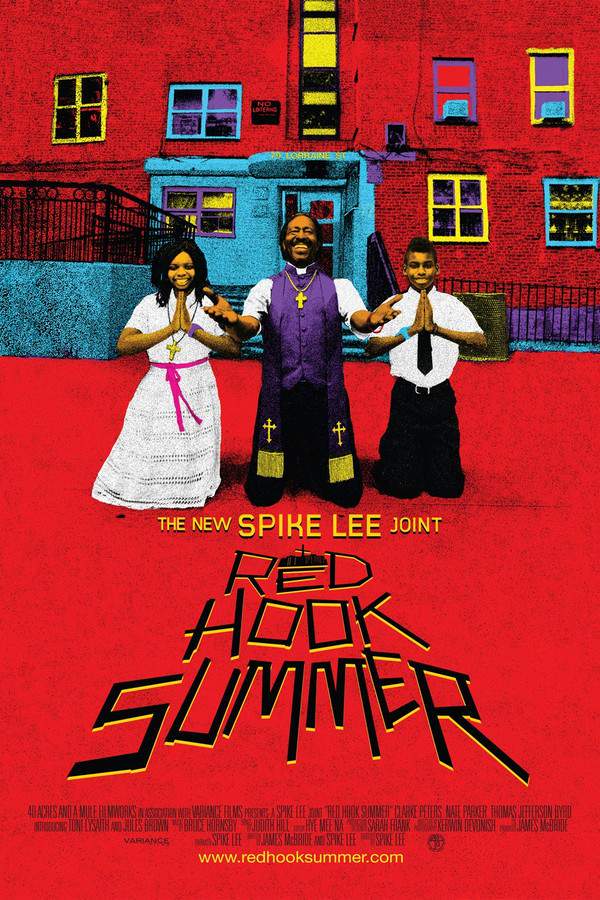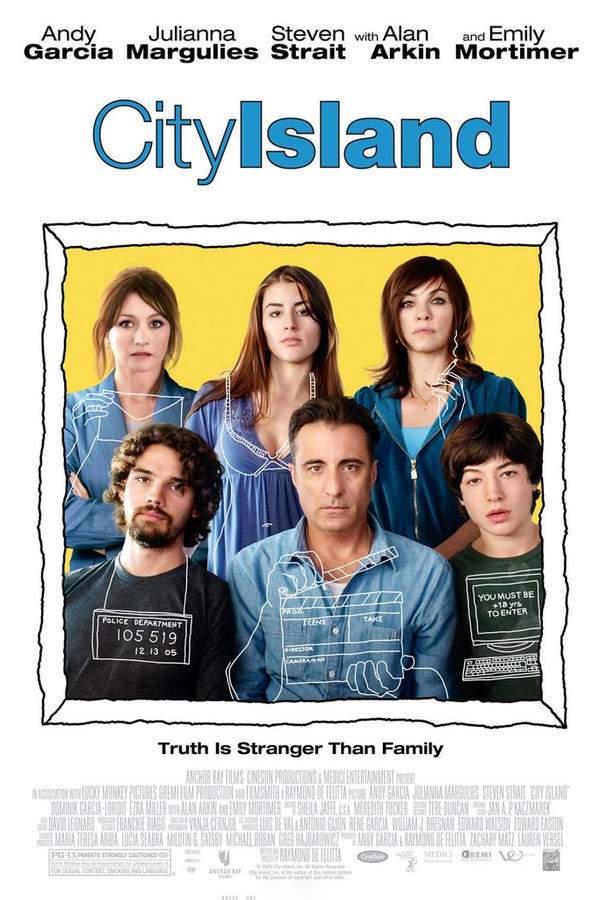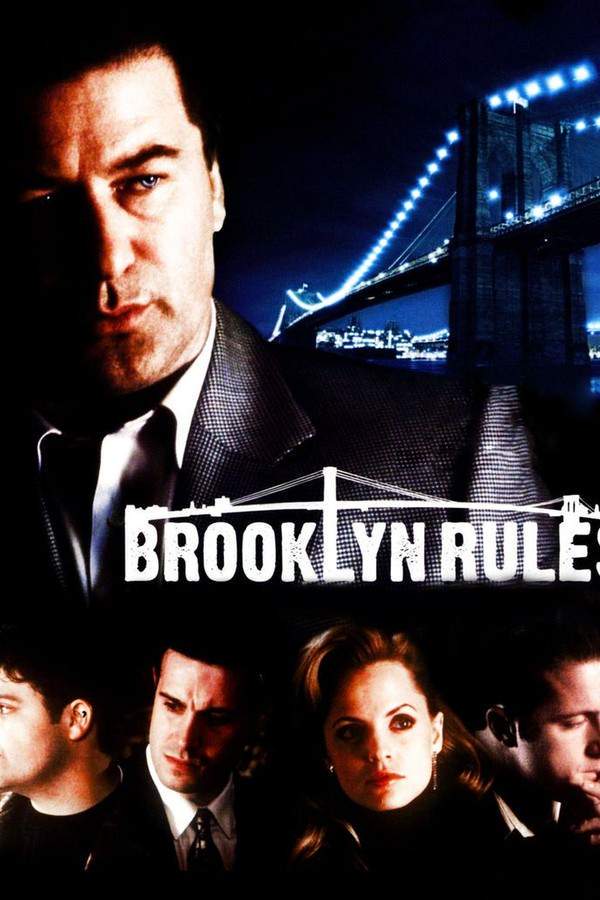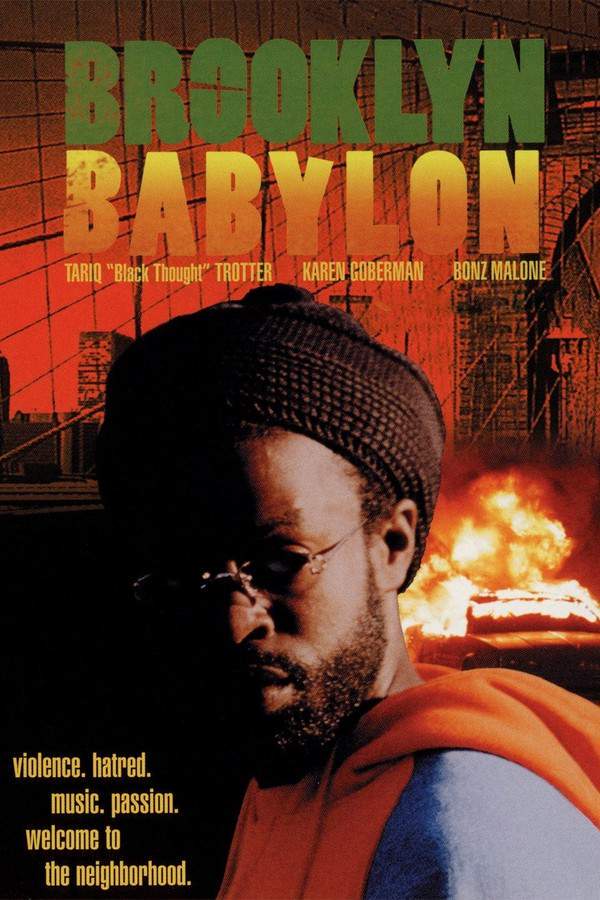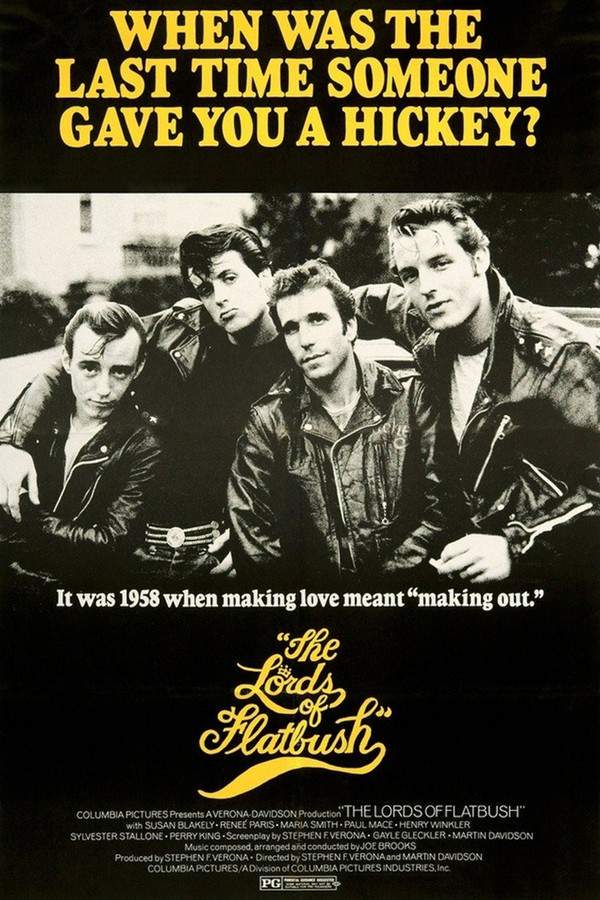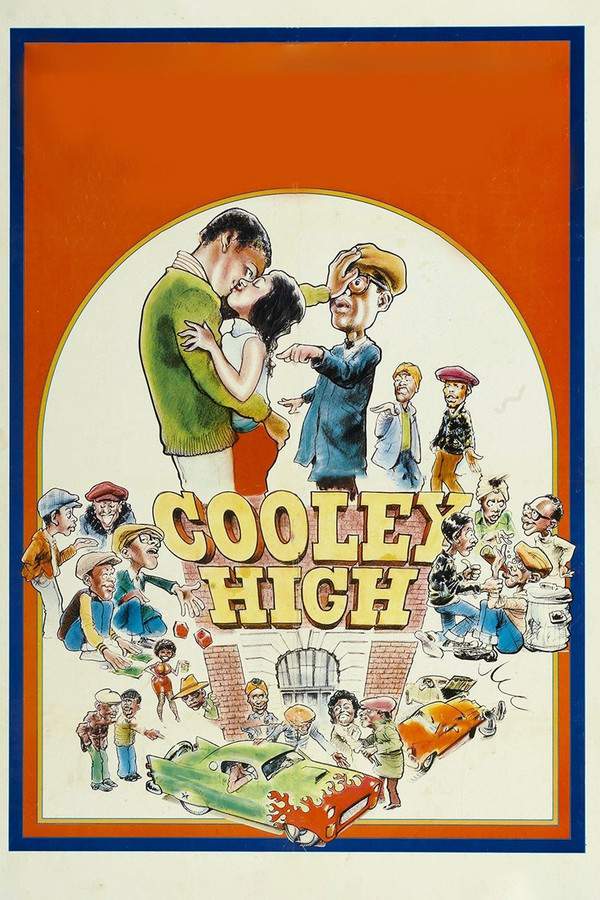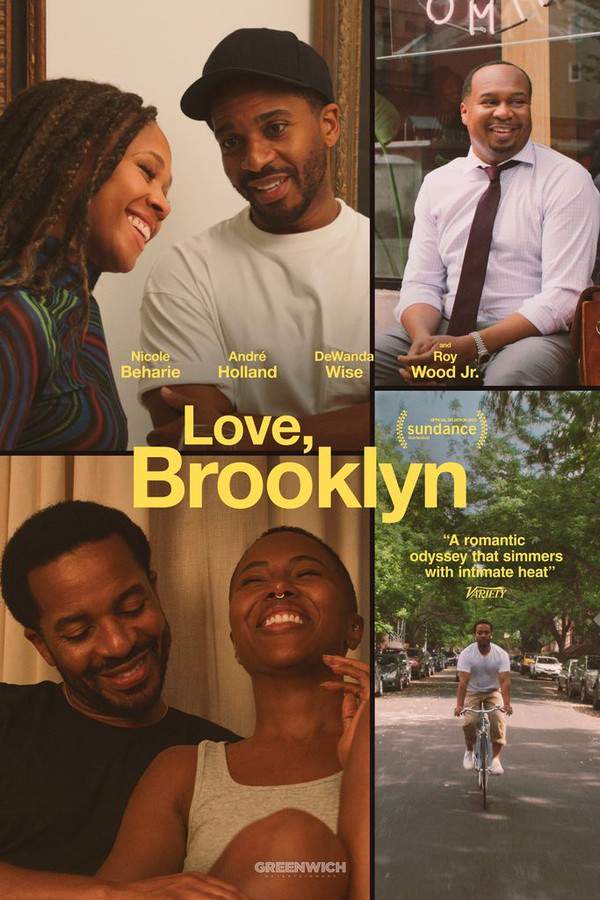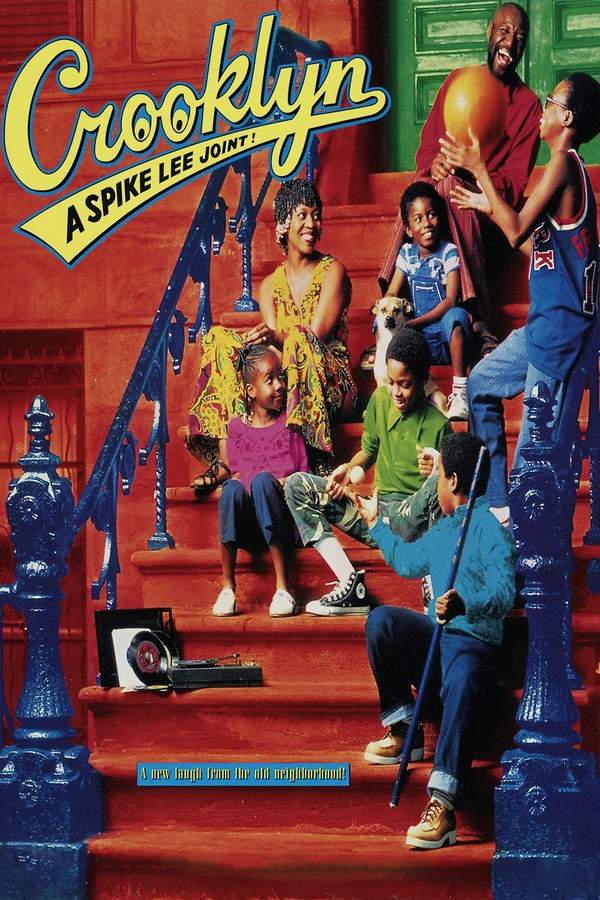
Crooklyn
Year: 1994
Runtime: 115 min
Language: English
Director: Spike Lee
A humorous and heartfelt look at family life, this film follows the Carmichael family as they experience a memorable summer in Brooklyn. The spirited mother and her jazz-loving husband work to raise their children, encountering both joyful moments and relatable challenges along the way. The story explores the dynamics of a close-knit family, showcasing the love, laughter, and everyday struggles that define their lives in the vibrant neighborhood of Crooklyn.
Warning: spoilers below!
Haven’t seen Crooklyn yet? This summary contains major spoilers. Bookmark the page, watch the movie, and come back for the full breakdown. If you're ready, scroll on and relive the story!
Crooklyn (1994) – Full Plot Summary & Ending Explained
Read the complete plot breakdown of Crooklyn (1994), including all key story events, major twists, and the ending explained in detail. Discover what really happened—and what it all means.
Set in the early 1970s in a racially diverse neighborhood of New York City, the story follows nine-year-old Troy, portrayed by Zelda Harris, alongside her older brothers, Clinton (Carlton Williams), Wendell (Sharif Rashed), and Nate (Chris Knowings), as well as her younger brother, Joseph (Tse-Mach Washington). The family dynamic unfolds as their father, Woody (Delroy Lindo), calls them in by playing his horn for dinner. Their mother, Carolyn (Alfre Woodard), emphasizes the importance of the children contributing to household chores, showing the family’s traditional roles.
As dinner progresses, tensions arise related to their neighbor, “Tony Eyes” (David Patrick Kelly), whose incessant singing disrupts their family time. The children’s personalities emerge, highlighted by a humorous yet poignant argument where Clinton boldly states, > “I’d rather have a father than a mother any day.” Meanwhile, the negative influence of local drug dealers Snuffy (Spike Lee) and Right Hand Man (N. Jeremi Duru) comes into play, setting a backdrop of neighborhood struggles.
The story captures playful moments among the children, showcasing their carefree adventures—such as playing a baseball board game on the stoop and engaging in petty rivalries with neighborhood boys. Troy’s interactions lead to comedic conflicts, like her encounter with Greg (Peewee Love), which further illustrate the innocent yet tumultuous nature of childhood.
As the narrative unfolds, we observe family chaos when Woody returns home with treats, causing playful disputes at the dinner table that lead to unexpected humor and chaos, ultimately capturing the familial love intertwined with the everyday challenges they face. Carolyn’s authoritative presence is tested when she demands respect and obedience from her children, leading to a significant argument with Woody that results in their sorrows spilling over as boundaries blur and emotions rise.
In subsequent scenes, Troy’s adventurous, mischievous side leads her to interactions that reflect the duality of childhood innocence and the harsh realities of adult life—like witnessing theft in the neighborhood store and coping with a troubled family dynamic. The story escalates with the introduction of serious themes, including Carolyn’s illness, which adds depth and urgency, pulling Troy into a world of adult responsibilities and emotional struggles she is not yet equipped to handle.
As Carolyn finds herself in a hospital bed, Troy grapples with an adult perspective on loss and resilience, leading to a heart-wrenching realization of familial love amidst pain. The climax of the film highlights crucial moments, such as Troy confronting neighborhood bullies after her mother’s passing, showcasing her emerging strength and a sense of protection for her brothers.
Ultimately, the poignant conclusion reveals the evolving dynamics of Troy’s family as they navigate their grief, marking a bittersweet yet hopeful look at childhood, memory, and survival while bringing strong emotional resonance through a child’s eyes. In a profound final interaction, Troy embodies her mother’s spirit by caring for her brother as they reminisce about how Carolyn impacted their lives, solidifying the film’s powerful message about family persevering together in the face of life’s adversities.
Last Updated: November 08, 2024 at 00:29
Explore Movie Threads
Discover curated groups of movies connected by mood, themes, and story style. Browse collections built around emotion, atmosphere, and narrative focus to easily find films that match what you feel like watching right now.
Bittersweet childhood summer movies like Crooklyn
Vivid memories of a season that shapes a life, blending joy with growing pains.If you liked the nostalgic, episodic feel of 'Crooklyn', you'll appreciate these movies that capture a transformative summer in a child's life. These films share a similar blend of warm humor, heartfelt family dynamics, and the poignant sting of growing up.
Narrative Summary
Narratives in this thread are often episodic and slice-of-life, structured around a single summer that serves as a pivotal turning point in a young protagonist's life. The journey typically moves from lighthearted innocence to a more complex understanding of the world, often triggered by a family event or personal loss.
Why These Movies?
These movies are grouped by their shared ability to evoke a specific time and feeling—the bittersweet nostalgia of childhood summers. They balance a warm, often humorous depiction of family and community with an underlying current of melancholy or transition, creating a deeply resonant and emotionally authentic experience.
Movies seen through a child's eyes like Crooklyn
Stories where a child's perspective reveals the love and cracks within a family.For viewers who connected with the child's perspective in 'Crooklyn', this list features similar films where a young protagonist observes and navigates complex family life. These stories share a straightforward narrative style that carries deep emotional weight and bittersweet realism.
Narrative Summary
The narrative pattern follows a linear, straightforward structure that mirrors a child's understanding of events. The emotional complexity comes from the gap between what the child perceives and what the audience understands, often leading to a powerful, bittersweet realization as the child's innocence gradually gives way to maturity.
Why These Movies?
These films are united by their distinctive narrative voice—the child's perspective. This viewpoint creates a specific emotional texture, blending humor and heartache in a way that feels authentic and deeply moving. The pacing is often steady, focusing on character moments over complex plotting.
Unlock the Full Story of Crooklyn
Don't stop at just watching — explore Crooklyn in full detail. From the complete plot summary and scene-by-scene timeline to character breakdowns, thematic analysis, and a deep dive into the ending — every page helps you truly understand what Crooklyn is all about. Plus, discover what's next after the movie.
Crooklyn Timeline
Track the full timeline of Crooklyn with every major event arranged chronologically. Perfect for decoding non-linear storytelling, flashbacks, or parallel narratives with a clear scene-by-scene breakdown.

Characters, Settings & Themes in Crooklyn
Discover the characters, locations, and core themes that shape Crooklyn. Get insights into symbolic elements, setting significance, and deeper narrative meaning — ideal for thematic analysis and movie breakdowns.

Crooklyn Spoiler-Free Summary
Get a quick, spoiler-free overview of Crooklyn that covers the main plot points and key details without revealing any major twists or spoilers. Perfect for those who want to know what to expect before diving in.

More About Crooklyn
Visit What's After the Movie to explore more about Crooklyn: box office results, cast and crew info, production details, post-credit scenes, and external links — all in one place for movie fans and researchers.

Similar Movies to Crooklyn
Discover movies like Crooklyn that share similar genres, themes, and storytelling elements. Whether you’re drawn to the atmosphere, character arcs, or plot structure, these curated recommendations will help you explore more films you’ll love.
Explore More About Movie Crooklyn
Crooklyn (1994) Scene-by-Scene Movie Timeline
Crooklyn (1994) Movie Characters, Themes & Settings
Crooklyn (1994) Spoiler-Free Summary & Key Flow
Movies Like Crooklyn – Similar Titles You’ll Enjoy
A Bronx Tale (1993) Plot Summary & Ending Explained
Red Hook Summer (2012) Story Summary & Characters
City Island (2010) Complete Plot Breakdown
Brooklyn (2015) Spoiler-Packed Plot Recap
The King of Staten Island (2020) Detailed Story Recap
Brooklyn Rules (2007) Plot Summary & Ending Explained
Cronies (2015) Movie Recap & Themes
Brooklyn Babylon (2001) Story Summary & Characters
The Lords of Flatbush (1974) Full Movie Breakdown
Cooley High (1975) Spoiler-Packed Plot Recap
Straight Out of Brooklyn (1991) Full Movie Breakdown
City Across the River (1949) Story Summary & Characters
A Tree Grows in Brooklyn (1945) Detailed Story Recap
A Brooklyn State of Mind (1998) Movie Recap & Themes
Love, Brooklyn (2025) Full Movie Breakdown


